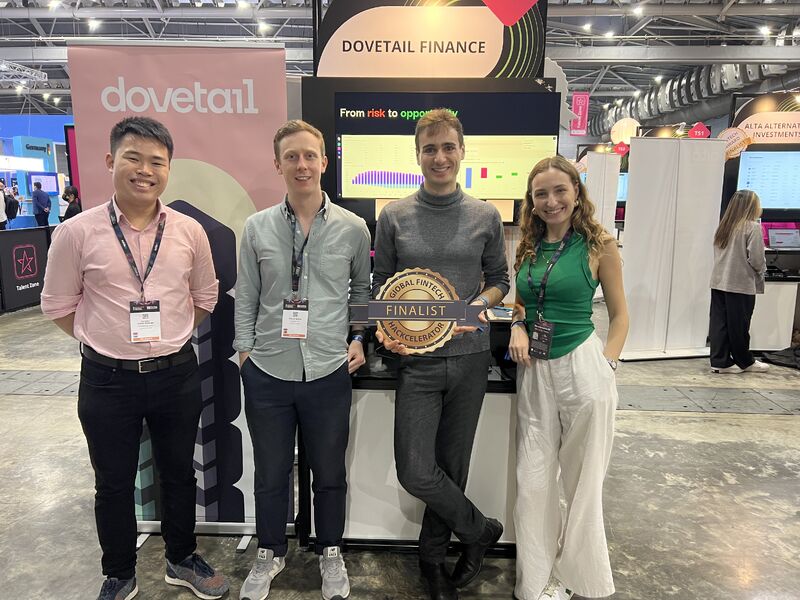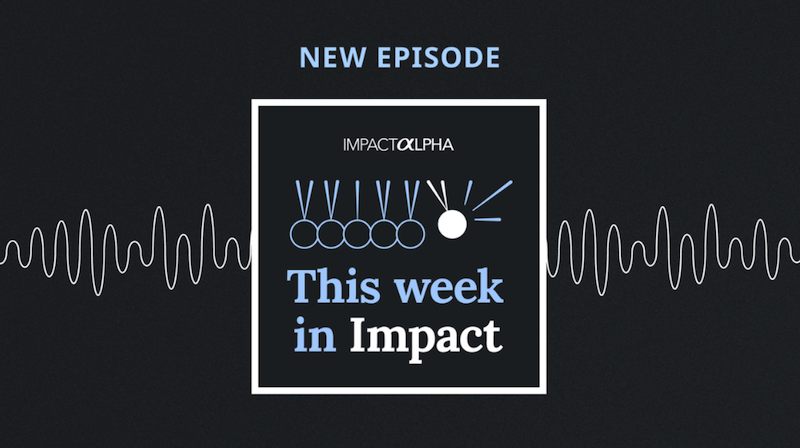The F.B. Heron Foundation has a goal to mission-align 100 percent of its $300 million in assets by 2017.
Two years out, Heron’s president, Clara Miller, and vice president, Toni Johnson shared some of what they’re learning in the process in “Mission-Aligned Investing: More Complex Than It Seems,” in the Stanford Social Innovation Review.
The takeaway: Easier said than done.
Miller and Johnson shared three main reasons why:
Delegation of investment authority: Most institutions (and individuals) use fund managers because it is economically efficient to do so. These managers have specialized teams focused on maximizing financial returns regardless of social impact. Heron still has a portion of its assets invested passively via BlackRock, which has no customizable investment vehicle for an institution of our size. Thus, at the moment, we continue to be invested in companies that we would prefer not to be, including Foxconn and Walmart.
Fund structure: Many institutional investors use investment vehicles that are time-bound and have liquidity constraints. For example, Heron remains invested in a private equity fund that was originally a social investment, but now under-performs both socially and financially by our measures. However, we are obligated to stay in this fund for the agreed-upon term. Some private equity funds also lack transparency around the companies they acquire, which can lead to unpleasant surprises.
Lack of standardized data: Most companies do not report reliable, standardized data points that allow potential investors to assess their social performance in a meaningful way. And so currently, it is difficult to move large amounts of money to investments with confidence that their social performance has been accurately measured. It’s also hard to compare companies’ social performance across different industries. (One sector where we have found a lot of information on social performance is the financial services industry, due to the requirements of the Community Reinvestment Act.)
Heron gave a shout out to its institutional peers with similar commitments to mission-aligning their assets.
We hope that Heron’s decision to move early on this front (coupled with similar actions on the part of our institutional colleagues, such as the McKnight Foundation, the Wallace Global Fund, and CalPERS) will help untangle the web of relationships and assumptions that keep so many well-intentioned stockholders invested in ways that work in opposition to their social goals.
McKnight, Wallace Global and CalPERS represent $2.2 billion, $1.5 billion, and $254 billion in assets, respectively.











